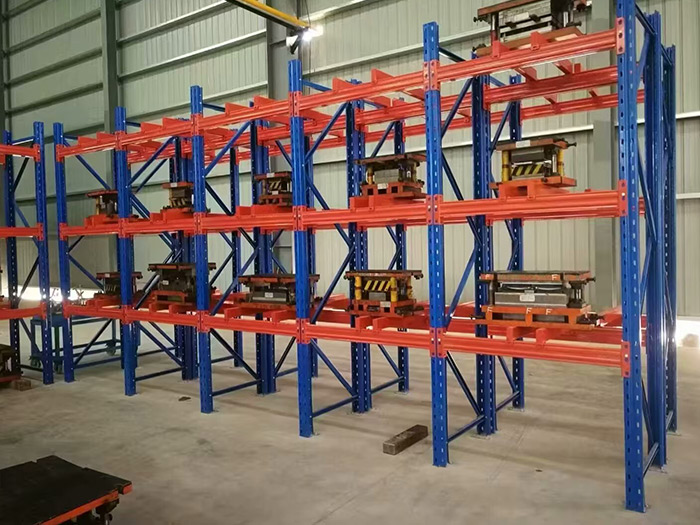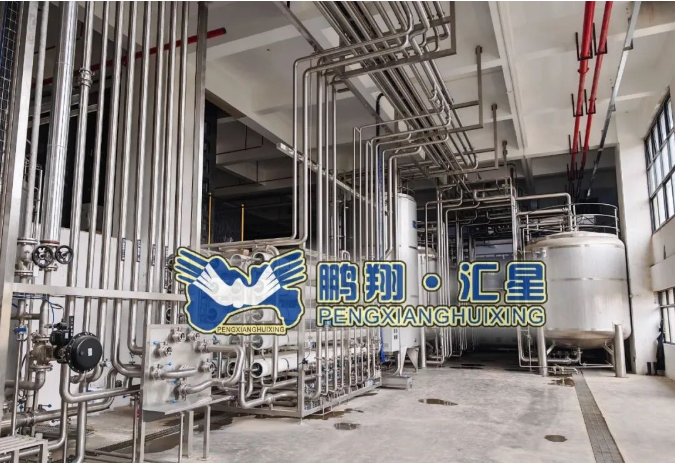When it comes to electronics, soldering is an indispensable skill. Whether you're a hobbyist, a professional technician, or an engineer, understanding the nuances of soldering materials can significantly impact the quality and reliability of your electronic projects. One common question that arises is: Do you need special solder for electronics? The answer is multifaceted and depends on various factors, including the type of components, the application, and the environment in which the soldered joints will operate. In this article, we will explore the different types of solder, their specific applications, and when it is necessary to use specialized solder.
Understanding Solder: The Basics
Solder is a fusible metal alloy used to join together electronic components. The most common types of solder are lead-based and lead-free. Lead-based solder, typically composed of tin and lead (often in a 60/40 ratio), has been the industry standard for decades due to its excellent flow characteristics and low melting point. However, due to health and environmental concerns, lead-free solder has gained popularity, particularly in consumer electronics.
Lead-free solder is usually made from a combination of tin, copper, and silver. While it is more environmentally friendly, it has a higher melting point and can be more challenging to work with, requiring precise temperature control and technique.
Types of Solder and Their Applications
- Lead-Based Solder:
- Composition: Typically 60% tin and 40% lead.
- Applications: Ideal for general electronics, especially in low-stress environments. It is favored for its ease of use and superior wetting properties.
- Considerations: Due to regulations like RoHS (Restriction of Hazardous Substances), its use is declining in many regions.
- Lead-Free Solder:
- Composition: Commonly consists of tin, copper, and silver.
- Applications: Required in many modern electronic devices, particularly those intended for markets that enforce lead-free regulations.
- Considerations: Higher melting point can lead to thermal stress on components if not managed properly.
- Specialized Solder:
- Silver Solder: Contains a higher percentage of silver, providing excellent conductivity and strength. Used in high-frequency applications and for components that require superior mechanical strength.
- Bismuth Solder: Has a low melting point and is often used for delicate components that cannot withstand high temperatures.
- Flux-Cored Solder: Contains a flux core that helps clean the surfaces being soldered, improving the quality of the joint. Essential for automatic soldering processes.
When to Use Special Solder
While standard lead-based or lead-free solder may suffice for many applications, there are specific scenarios where specialized solder is necessary:
- High-Temperature Environments: If your electronics will be exposed to high temperatures, using solder with a higher melting point or specialized formulations can prevent joint failure.
- High-Frequency Applications: In RF (radio frequency) circuits, using silver solder can enhance conductivity and reduce signal loss.
- Delicate Components: For sensitive components like surface-mount devices (SMDs), low-temperature solder can prevent damage during the soldering process.
- Corrosive Environments: In applications exposed to moisture or chemicals, using solder with corrosion-resistant properties is crucial to ensure long-term reliability.
Conclusion: Choosing the Right Solder
In summary, while standard solder may be adequate for many electronic projects, understanding the specific requirements of your application is essential. The choice of solder can significantly affect the performance, reliability, and longevity of your electronic devices. Always consider the environment, component sensitivity, and regulatory requirements when selecting solder.


More Stories
LTE CAT4 Performance Analysis: Downlink/Uplink Efficiency in Portable WiFi Hotspots
High-Performance Cat7 S/FTP Network Cables for Infrastructure
Performance, Application Scenarios and Selection of External Panel Materials for Outdoor Mobile Shelters